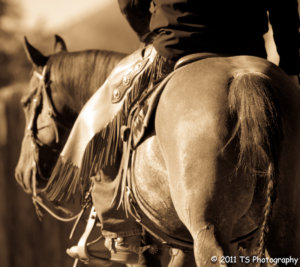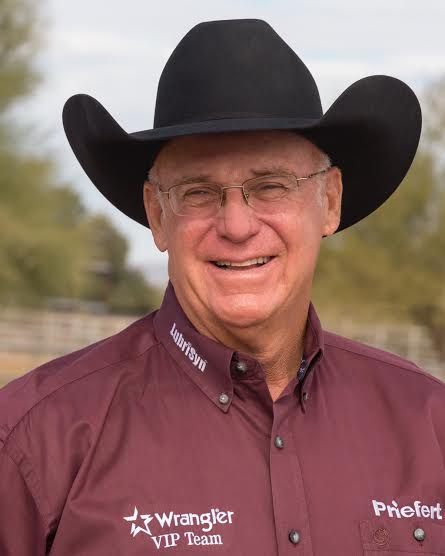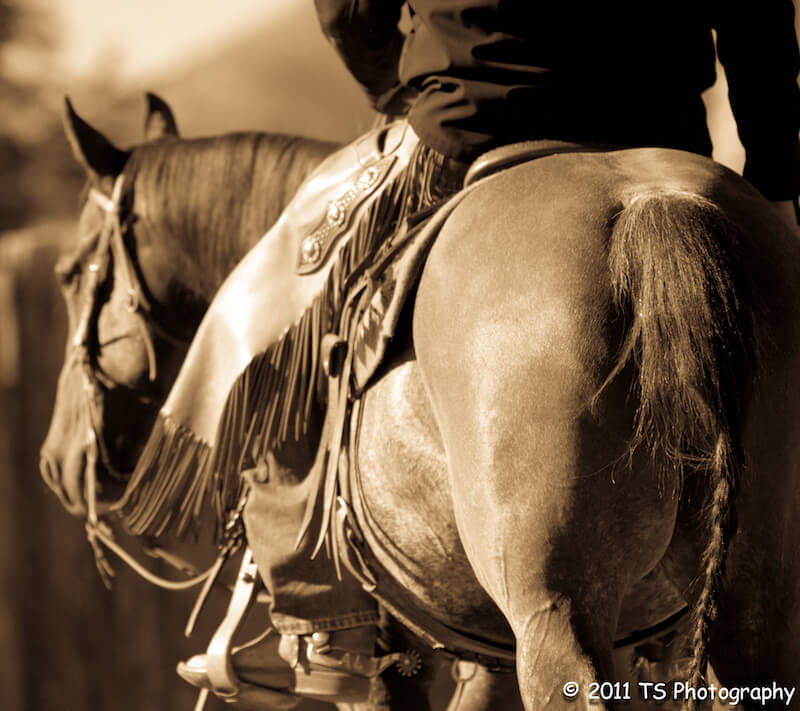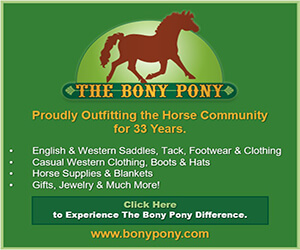Riding Well is More than Mechanics
by Al Dunning
Hi Al,
I really enjoy your show on Dish Network. I have green broke 7 year old quarter horse that I just began riding. He has had four rides on the trail. When do you recommend using spurs and, if so, which kind?
Peter
Hi Peter,
Thanks for your email. I recommend not using spurs for the first couple of months on green horses. If you are educated in the use of spurs they can then be used to supplement the leg or cluck. In the beginning, horses will seem slow to understand the kick or leg cues. Add the cluck or smooch to warn that the swat on the butt is coming if they don’t respond. This is a better way to encourage movement than spurs, which can make your horse angry, pin-eared, and tail switching.
Remember the key is to communicate your desire and for the horse to obey. Keep it simple. I prefer U.S. made Klapper style spurs with six point rowels. They are soft enough yet effective.
Ride Well,
Al
I was coaching a rider the other day, and after several minutes of attempting to guide him through his adventure of working the mechanical cow, I had him stop so we could clear up some frustration. One of my many “Al-isms” is “Watch the cow or flag and FEEL the horse, not the opposite.” Another is, “You must be able to multi-task.” Kind of like rubbing your belly and patting your head!
This rider was definitely finding it difficult to feel his horse’s position, lack of straightness, and trotting cadence. Thus, he was offline (fading away from the flag), leaning in, and bouncing in an undesirable “multi-task.”
When I was a young man, I trained an exceptional colt who went on to win two world championships. He was stopping, spinning, changing leads, and doing things not expected of a two-year-old. I had been working him hard and was proud of my progress with him.
I was working for John Hoyt during this time and I asked if he would ride him and let me know what he thought. He accepted and liked the colt, but commented that he would be even better if I would be less technical and ride with more feel for what the colt really needed. That word “feel” was as foreign to me back then as it was to the rider I was helping the other day.

John explained it like this: Until you can feel each stride, each foot fall, until you can feel his rhythm, straightness, or leaning of the shoulders, position of his head, lightness of the mouth, and think like he is thinking, you won’t truly understand the concept. That takes many hours of riding and many wet saddle blankets along with a good bit of God-given talent. That’s what separates riders from true horsemen.
After that day, I continuously studied rather than demanded, asked rather than told, and remembered that it was about the horse and not about me. It wasn’t long before I could “feel” what John was talking about. My timing improved greatly and my horses showed their appreciation by fluid improvement as well.
Being proficient on horseback is obtainable with time. It is not necessary to be an outstanding athlete, but being a student of horsemanship and horses is paramount. It takes time, dedication, and patience. If you are fortunate to really get the “feel,” you will be amazed how responsive your horses will become. That day you will know what John and I are talking about.
Published October 2012 Issue

Al Dunning of Scottsdale, Arizona, is one of the most respected horsemen in the industry. Al and his students have garnered 48 world and reserve world championships. He has held numerous national leadership positions and earned multiple honors including induction into the AzQHA Hall of Fame. His 50+ years of experience as a professional trainer has led him to produce books, DVDs, clinics, Team AD online mentoring, and AD Tack, selling all the tack he uses as well as his books and videos. Al’s ability to reach people comes from his love of horses and out of respect to the mentors in his own life. For more information, visit https://www.aldunning.com or www.aldunningsadtack.com.





